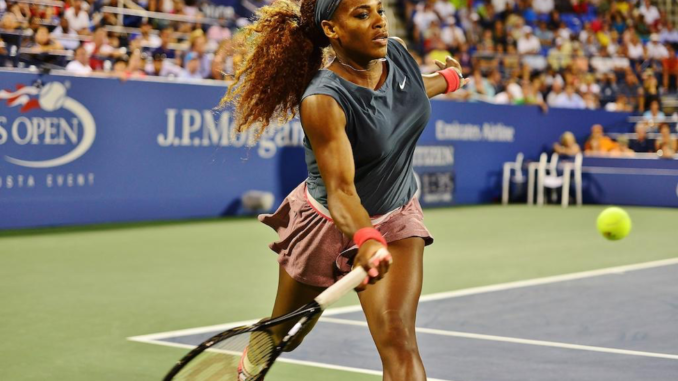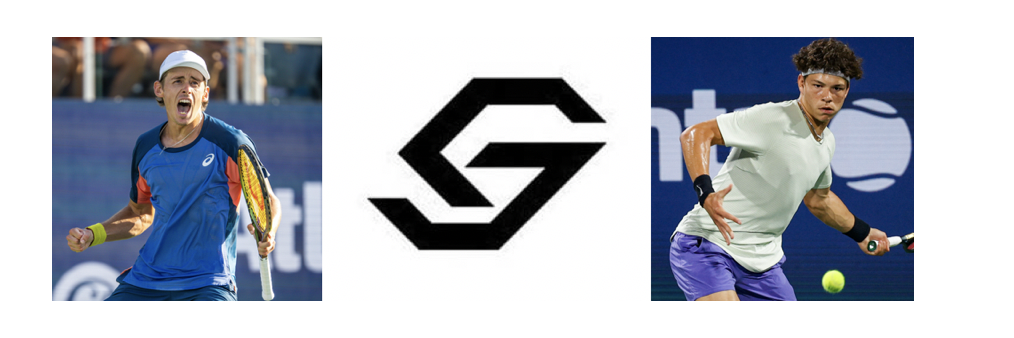
The gender pay gap in the United Kingdom fell to 8.6% among full-time employees in the last year. However, that is a median figure and there is still work to be done in a range of sectors to narrow the divide between men and women.
For example, doctors in the United Kingdom are paid almost 20% more than women, and in the sporting world the percentage differences sometimes stray into four-figure territory. Within the walls of The All-England Lawn ,Tennis Club, woman are paid 15% less than men.
However on the court the gender pay gap is narrowing substantially, thanks to organizers of the four main Grand Slams making their prize money equal. Read on to find out the state of play in tennis’ gender pay.
Tennis Gender Pay – An Overview
Since 2007 men and women have been awarded equal prize money in all four majors and at combined Masters Events such as Indian Wells and Miami. However, outside of these events the pay gap between men and women is massive.
Last year alone, 71% of the world’s top 100 men earned more than women of the same ranking, based solely on prize money per tournament. In 2015 Indian Wells, tournament CEO Raymond Moore claimed that the WTA Tour “ride on the coat-tails of the men.”
The South African former player went on to say, “If I was a lady player, I would go down every night on my knees and thank God that Roger Federer and Rafa Nadal were born.” Although Moore was lambasted for these comments, they are uncommon beliefs in tennis.
Why should women be paid less?
The arguments for a gender pay gap in tennis usually boil down to two key themes. Firstly, opponents to equal pay argue that men put in more labour than women, and therefore should be paid more. This only holds true in the four majors where men play best of five sets in comparison to women’s best of three.
These ‘labor’ rules themselves stem from a time when inequality between men and women was much more pronounced. Something that can be seen in the strict dress codes for women at Wimbledon.
In other tournaments on the tour, the disparity between men and women is massive despite both genders playing best of three rather than best of five. The argument that men do more work than women only holds true at 4 tournaments, and is a construct from a more sexist time.
Secondly, opponents argue that male tennis players attract larger crowds and therefore bring in more money to the sport. This would hold true in a free-market sporting economy such as football.
Harry Kane is paid more money than Jan Verthongen, because he attracts more spectators. In tennis, earnings are distributed via prize money making it impossible to mirror the free-market economy of football.
A complete unknown might win Wimbledon and net £2.25 million in prize money whilst only bringing in £150 in ticket sales. Furthermore if money was to be distributed based on viewing figures and ticket sales alone, Serena Williams and Kim Clijsters would have earned more than Rafa Nadal and Novak Djokovic in recent U.S. Opens.
How the pay gap has narrowed
Just two years into the Open Era came the first plea for gender equal pay from Foro Italico winner Billie Jean King. In the 1970 tournament winner King was awarded $300 in prize money whereas her male counterpart Ilie Nastase bagged himself $3,500.
Threatened boycotts from Billie Jean King forced the U.S. Open organizers to offer equal prize money in 1973. Various other Grand Slams flirted with the idea of equal prize money, but it still took 37 years for all four tournaments to move towards equality.
Wimbledon, a historically conservative tennis venue opted to offer equal prize money at every round of the competition in 2006 with the French Open following suit shortly after. However, these decisions by the organizers of the major tournaments were largely a response to growing public pressure.
In Tour events there is less public pressure on organizers to offer equality. Despite the same calls coming from supporters of equal pay, the public response is not as vocal because these tournaments do not generate the same level of interest as the Slams.
What does the future hold for equality in tennis?
Despite the equal prize money in the Grand Slams, tennis still has a long, long way to go in it’s strive for equality. Andy Murray, one of the major advocates for equal pay in the sport has said as much in recent interviews.
After hiring former two time Grand Slam champion Amelie Mauresmo as his coach in 2014, Murray revealed that a fellow male player told him he “may as well be coached by a dog.” This highlights the core sexism at play in tennis which needs to be eradicated before equality can become widespread.


Such a silly article. First time in years of reading this blog ive seen ricky allow what id guess to be a millenial write. Please dont let the blog become tennis.com
The money has to come from somewhere. Is the author proposing that the ATP subsidize the WTA tour? I doubt that the WTA tournament organizers are keeping all the cash for themselves while the women players get peanuts.
Tennis runs on a star system. Nothing new there, that’s the way it is with sports. The WTA needs more consistent young stars for starters.
Point taken about Murray without being sexist.Lendl was the only decent coach for him .
I don’t think you can compare the issue of sportspeople and their earnings with those of people providing vital services like doctors .
Yes, its a star system just like all the entertainment business.